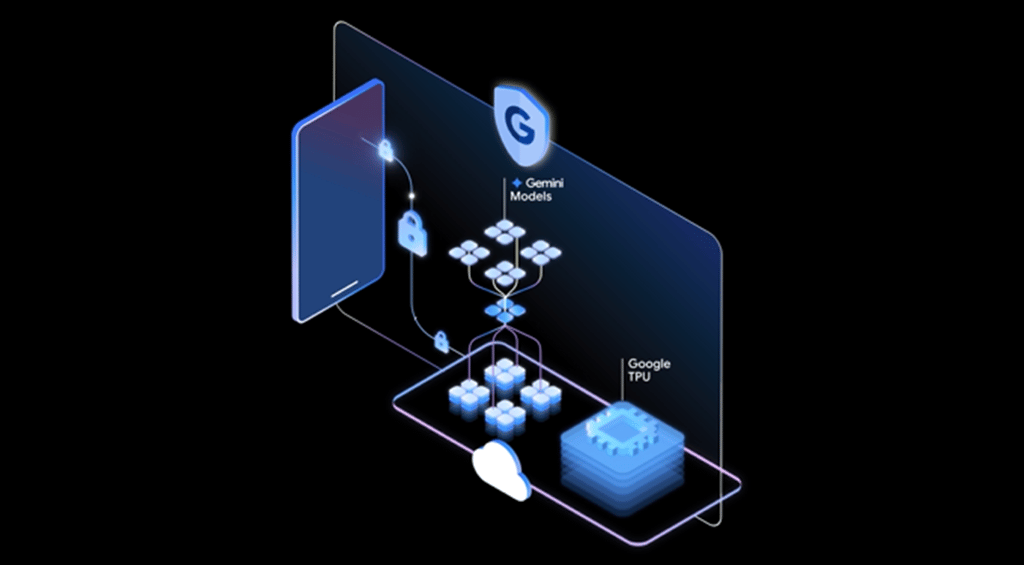Datamation content and product recommendations are
editorially independent. We may make money when you click on links
to our partners.
Learn More
This week Intel, NVIDIA, and Qualcomm had coming-out parties for their most potent PC technologies. Intel and Qualcomm had comprehensive solutions while NVIDIA focused on graphics cards. While the approaches were very different, each firm also had heavy references to AI capabilities that should significantly enhance how these announced offerings make it into PCs.
Let’s chat a bit about the similarities and differences between what each company is offering and what this will mean for our coming wave of AI-enhanced Personal Computers.
Intel Evo
Intel had two briefings, one on Tiger Lake and the other on Evo, but Evo is the more interesting of the two. Evo is a technology bundle backed up with significantly increased quality control testing to ensure better that Evo PCs will perform without problems or bottlenecks for their service life. The closest thing to this is the Mercedes Benz AMG line, which takes regular Mercedes Benz vehicles and increases their performance and ups their quality.
Evo is similar though the performance gains come more from system tuning than things like turbocharges common in AMG vehicles. Now Evo machines also favor Intel parts so that this brand won’t be on systems with NVIDIA graphics cards or Qualcomm modems. It will be interesting to see what AMD, NVIDIA, and Qualcomm do in response.
However, their applied AI is being used for two features; initially, they are more realistic backgrounds for video calls and enhanced noise cancellation. Both of these can make you look far more professional when doing a Zoom or Microsoft Teams call (the industry seems to be standardizing on these two platforms at the moment).
This concept of having the PC take a more active role in enhancing how people perceive you is compelling and not something Intel saw alone.
Qualcomm
Qualcomm announced their 2nd Generation 8cx platform, which looks similar to Intel’s Tiger Lake on paper but likely leads on connectivity and lags on performance (we’ll see when we can benchmark the systems against each other). Qualcomm is another company that could do an Evo like an offering, but their penetration level would suggest they’d better off just building the quality into their core solution. But given the systems using their PC technology tend to be pretty generic (Intel and AMD PCs tend to have a lot more component choices), they may not need to.
Their AI is also being applied to visual technology, but rather than better interfacing speakers with virtual backgrounds; theirs automatically adjusts the representation of your eyes others see. This adjustment makes it look like you are looking at your audience rather than someplace else on your screen, and it is a critical enhancement that is needed until we deliver screens with cameras behind them (likely sometime next year). Their sound offering is focused on creating better sound as opposed to reducing the noise in the room. Unlike the implementation of noise cancellation, this means you benefit from the technology, not the person at the other end of the line.
This interesting because, as we’ve recently discovered with masks, some folks have issues with investing in technology that benefits someone else. However, in this case, since those technologies improving how you look and sound reflect on how others see you and your status, that inability to focus on other’s needs may not be a problem with this class of solution.
NVIDIA
NVIDIA doesn’t have the technology bundles that Qualcomm and Intel have, and given Intel is arguing that NVIDIA is virtually redundant, that could become a future problem for them. NVIDIA is in disagreement with the “redundant” thing, and they came to the table to play with their new GeForce 30 RTX family. Like Intel, they showcased an AI implantation that includes enhanced background integration and impressive noise cancellation. But they also showcased auto framing where the PC camera acts like it can pan, keeping you centered in the frame. This group of features was all bundled in a package called Broadcast. While Broadcast seems to target video Podcasts, it would also significantly enhance video conferencing calls.
But they had another offering called, and don’t ask me to pronounce this, NVIDIA Omniverse Machinima, which allows you to use game assets to create movies. This offering also uses AI, but the exciting thing isn’t the movies that you could create with this technology but the potential to use it in a future conferencing product. You see, this offering also allows you to create movie characters and sync them to your body movements for filming. But what if you were to apply this to conferencing? Imagine what you could do?
You could design your perfect office virtually; you could take a 3D scan of how you look, improve it, and create the perfect personal image. Then you could create several variants with different outfits. Then for a call, without even getting out of bed, you could use your camera to sync your features providing your perfect virtual self as what people see. Granted, this could create real issues with those that like to date virtually or make it far more challenging to go back to work or even meet with people physically, but it would sure be convenient.
And if we ever figure out how to emulate or back people up into the cloud, this could also become your future digital self.
Accelerated PC Evolution Thanks To AI
What this all tells us is there is a new battlefield opening up for the PC technology vendors, and each of these companies competing with the others will drive innovation and creativity increasingly with AI capability. Just as AIs are and will be enhancing our ability to better video conference, they are already enhancing our ability to create and present our creations in new and compelling ways. We are moving from a time when performance defined the competitive landscape between these companies to a competition on the power and capabilities of AIs.
This AI partnership is our future, being increasingly partnered with AIs that enhance us. For now, it is how we look and sound, eventually it will be who we are. The future is coming; this week, we took a big step toward it.
-
Huawei’s AI Update: Things Are Moving Faster Than We Think
FEATURE | By Rob Enderle,
December 04, 2020
-
Keeping Machine Learning Algorithms Honest in the ‘Ethics-First’ Era
ARTIFICIAL INTELLIGENCE | By Guest Author,
November 18, 2020
-
Key Trends in Chatbots and RPA
FEATURE | By Guest Author,
November 10, 2020
-
Top 10 AIOps Companies
FEATURE | By Samuel Greengard,
November 05, 2020
-
What is Text Analysis?
ARTIFICIAL INTELLIGENCE | By Guest Author,
November 02, 2020
-
How Intel’s Work With Autonomous Cars Could Redefine General Purpose AI
ARTIFICIAL INTELLIGENCE | By Rob Enderle,
October 29, 2020
-
Dell Technologies World: Weaving Together Human And Machine Interaction For AI And Robotics
ARTIFICIAL INTELLIGENCE | By Rob Enderle,
October 23, 2020
-
The Super Moderator, or How IBM Project Debater Could Save Social Media
FEATURE | By Rob Enderle,
October 16, 2020
-
Top 10 Chatbot Platforms
FEATURE | By Cynthia Harvey,
October 07, 2020
-
Finding a Career Path in AI
ARTIFICIAL INTELLIGENCE | By Guest Author,
October 05, 2020
-
CIOs Discuss the Promise of AI and Data Science
FEATURE | By Guest Author,
September 25, 2020
-
Microsoft Is Building An AI Product That Could Predict The Future
FEATURE | By Rob Enderle,
September 25, 2020
-
Top 10 Machine Learning Companies 2020
FEATURE | By Cynthia Harvey,
September 22, 2020
-
NVIDIA and ARM: Massively Changing The AI Landscape
ARTIFICIAL INTELLIGENCE | By Rob Enderle,
September 18, 2020
-
Continuous Intelligence: Expert Discussion [Video and Podcast]
ARTIFICIAL INTELLIGENCE | By James Maguire,
September 14, 2020
-
Artificial Intelligence: Governance and Ethics [Video]
ARTIFICIAL INTELLIGENCE | By James Maguire,
September 13, 2020
-
IBM Watson At The US Open: Showcasing The Power Of A Mature Enterprise-Class AI
FEATURE | By Rob Enderle,
September 11, 2020
-
Artificial Intelligence: Perception vs. Reality
FEATURE | By James Maguire,
September 09, 2020
-
The Critical Nature Of IBM’s NLP (Natural Language Processing) Effort
ARTIFICIAL INTELLIGENCE | By Rob Enderle,
August 14, 2020
-
Why AI Is Overhyped?
ARTIFICIAL INTELLIGENCE | By Rob Enderle,
August 07, 2020
SEE ALL
ARTIFICIAL INTELLIGENCE ARTICLES







